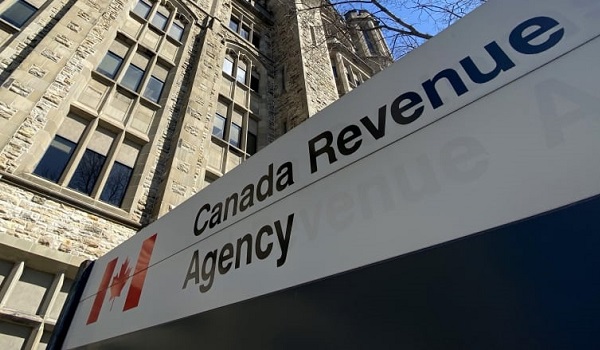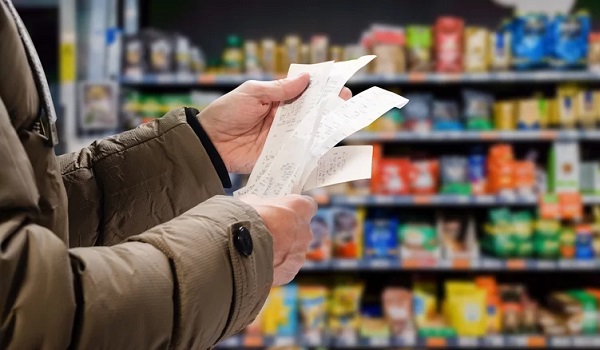PBO report shows Canadians could get more than $1B in unclaimed benefits through automated tax filing system
Canadians would get more than $1 billion in unclaimed benefits each year through an automatic tax filing system, according to a report published by the Parliamentary Budget Officer (PBO).
On Thursday, Canada’s fiscal watchdog outlined how an automated tax filing system would benefit some Canadians, particularly those in low-income and vulnerable households who have never previously filed a return, or might have gaps in their filing histories.
According to a 2020 study conducted by two Carleton University professors, between 10-to-12 per cent of Canadians do not annually file their returns and might, as a result, miss out on benefits they’re otherwise entitled to.
The PBO revealed that if the automated system were to roll out now, eligible taxpaying households would receive more than $1.6 billion in benefits this current fiscal year. In five years, it will reach $1.9 billion.
This billion-dollar figure includes all the benefits taxpayers receive after filing their individual tax returns, like the Canada Child Benefit, the Canada Workers Benefit and the GST/HST tax credits. The automated system would also provide the Canada Carbon Rebate to more households outside of British Columbia and Quebec, although it could slightly diminish the amount of money provided as more taxpayers would “share the same envelope,” PBO notes
While the automated system was first proposed in the 2023 federal budget, the Canada Revenue Agency (CRA) said this past May that it would start sending invitations this summer, but it did not specify when exactly that would start.
The PBO estimates the administrative cost of running an automatic tax filing system would be $57 million in the 2024-25 fiscal year, rising to $65 million in 2028-29. This assumes the CRA’s automated service will complete the tax returns of all non-filers with sufficient tax information.
According to a 2023 study co-authored by four Carleton University professors, 42 per cent of families with a yearly income of $50,000 and roughly two-thirds of social assistance benefits recipients in 2019 filed simple tax returns (a T1 without any source of complexity as defined by the tax agency).
Through this finding, the PBO deducted that the CRA can independently complete tax returns of a “significant share” of low-income households. However, the federal watchdog notes there is “significant uncertainty” about the exact number of returns the CRA would finish on its own, and the eligibility criteria for non-filers.
“The aggregate nature of the data used for this analysis inherently limits the precision of estimated benefit amounts to which non-filers may be entitled,” the report reads.
Expanding the CRA’s automated phone service
The federal tax agency is also planning to expand its SimpleFile by phone service – previously called File My Return – where eligible individuals can submit their returns after answering a few questions from a CRA agent over the phone.
From 2018 to 2023, the report reveals the CRA mailed out between 500,000 and 1.3 million letters of invitation to eligible Canadians who are categorized as those with low or fixed earnings, and a history of filing simple tax returns.
In 2024, the number of invitations jumped to nearly 1.6 million, and next year, it’s expected to reach two million.
However, nearly seven per cent of invitees used this service in 2023, or 50,450 users. At its peak in 2020, 69,620 users filed their taxes through SimpleFile by phone.
The cost of expanding this service will be about $1 million annually for the next two fiscal years, the PBO estimates, based on what was announced in the 2023 federal budget.
This article was first reported by CTV News













